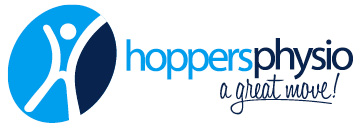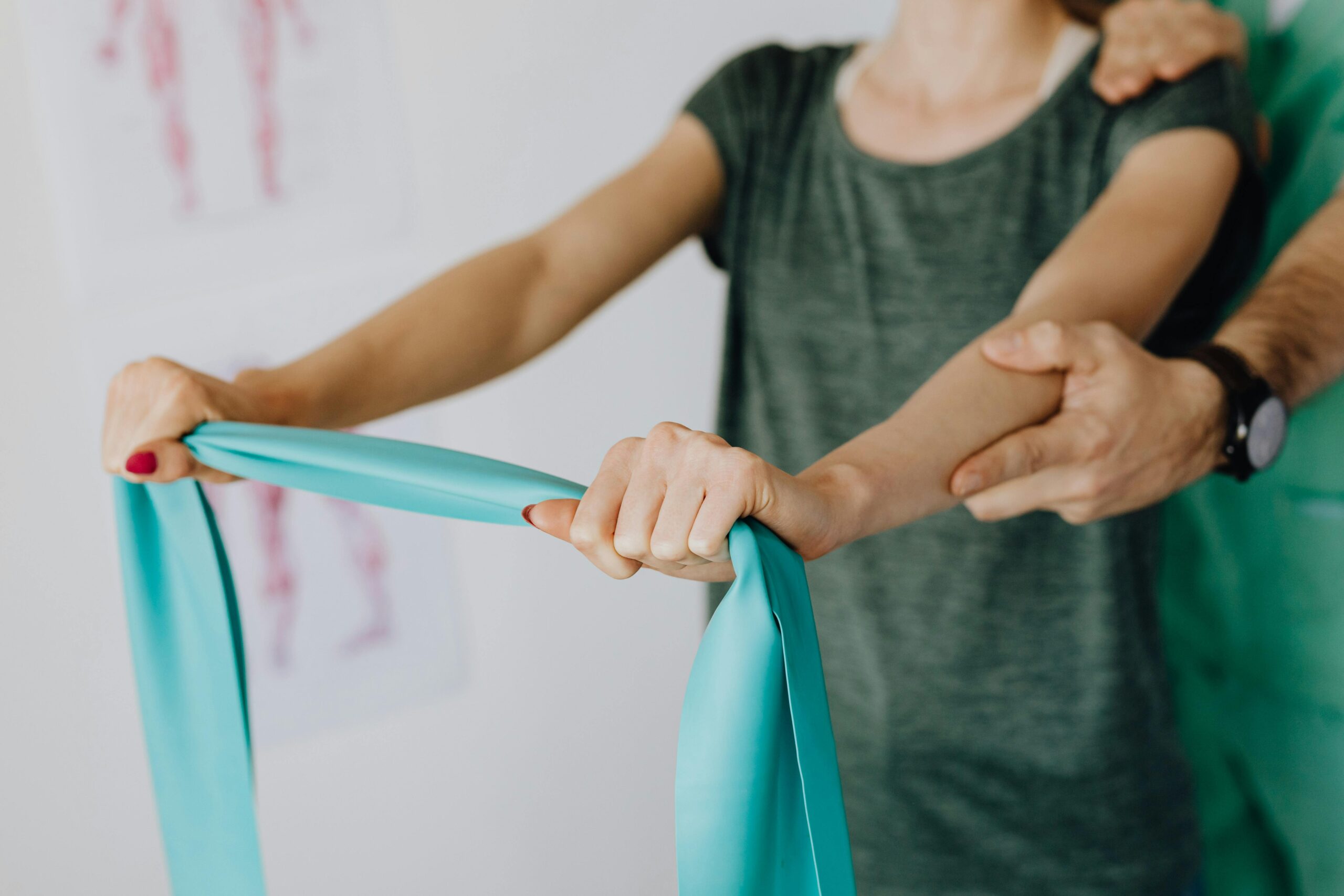Hypermobile Joints: What It Means and How to Manage Them
What is Hypermobility?
Hypermobility refers to laxity in the ligaments that help support your joints. If you have laxity in these ligaments, then your joints have more movement.
This can cause pain due to increased joint stress if muscles are too weak to provide support. Hypermobile joints is common in the This is common in joints in the shoulder, elbow, hip and knee, limiting exercise or increasing the risk of injury.
How Can Help With Hypermobile Joints
Physiotherapy can help reduce the aches and pains you are experiencing in hypermobile joints by starting a structured rehabilitation program that aims to address
-
Motor control- your ability to control the range of motion of your joints and help feel where the joints should stop
-
Strengthening program- gain strength in the muscles around the joint to go through your available range.
-
Postural retraining- assisting with the resting position of the joint so you are not putting on extra stretch. For example, for the knee, standing with your knees straight or in a hyperextended position can be painful, so teaching to stand with soft knees with a slight bend can help this.
Other conditions
Hypermobility can be one part of other medical conditions such as;
-
Post-traumatic shoulder dislocation/subluxation events – If your shoulder has popped out or feels loose, it may lead to hypermobility in that joint. A progressive physiotherapy exercise program and taping can assist in recovery. Physiotherapy can also determine if a referral to an orthopaedic specialist is necessary based on trauma severity.
-
Hip Dysplasia – An increased hip range may indicate unrecognised hip issues from infancy that required bracing or were overlooked. This can lead to a differently structured hip joint. Physiotherapy can strengthen the area or recommend an X-ray to assess the need for further intervention. Hip Dysplasia is more common in females than males.
-
Ehlers-Danlos syndrome – This genetic disorder affects connective tissues and collagen in the body. It impacts joints, skin, smooth muscles, intestines, and blood vessels. A GP must investigate and confirm the diagnosis, often requiring genetic screening with a specialist. Physiotherapy, alongside other healthcare professionals, can manage symptoms with joint pain relief and muscle-strengthening exercises.

